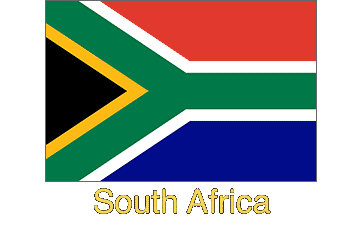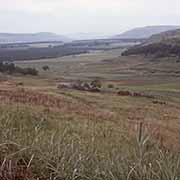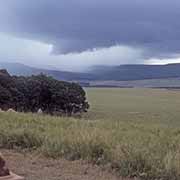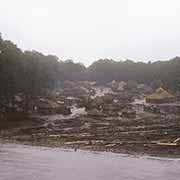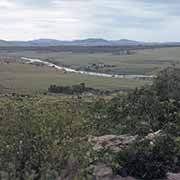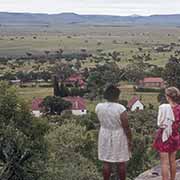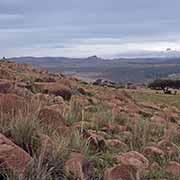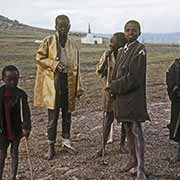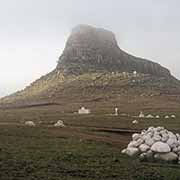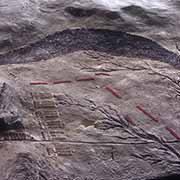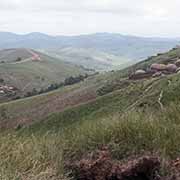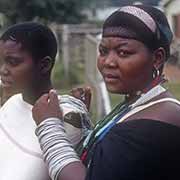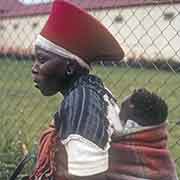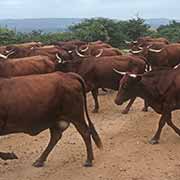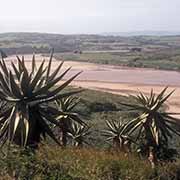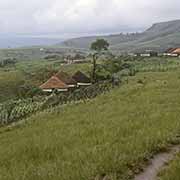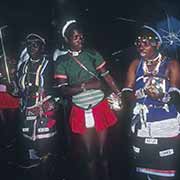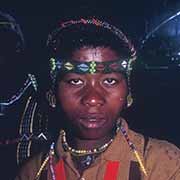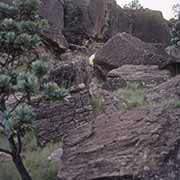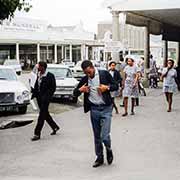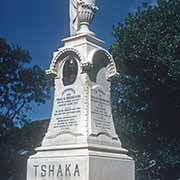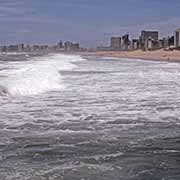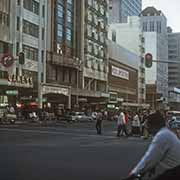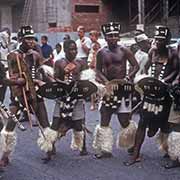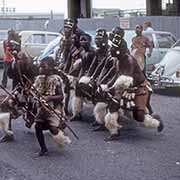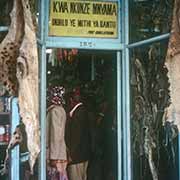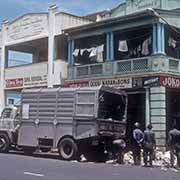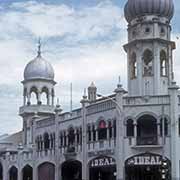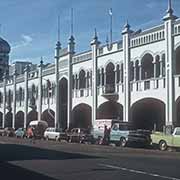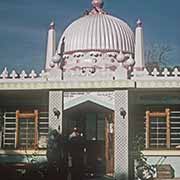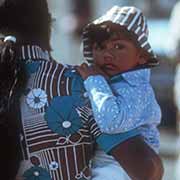Photos of KwaZulu-Natal: mountains, beaches and Zulu culture of South Africa
KwaZulu-Natal: mountains, beaches and Zulu culture
In 1994 Natal Province and the Bantustan of KwaZulu, a veritable jumble of disjointed bits of land surrounded by “white” areas, were reunited to form the province of KwaZulu-Natal. The Zulu Kingdom became prominent under Shaka in the early 19th century and stretched along the coast from the Pongola River north to the Tugela River south. In 1839 the “Voortrekkers” established the Boer republic of Natalia, south of there, but it was annexed by the British four years later. Zululand dominated the region until the British eventually defeated it in 1879, absorbed it into the Colony of Natal, and became part of South Africa.
you may then send it as a postcard if you wish.
On 22 January 1879, Zulu battalions (impis) attacked British forces camped below the hill at Isandlwana, eleven days after the British invasion. The approximately 20,000 Zulu warriors, mostly equipped with their spears and cowhide shields, completely overwhelmed the 1800 British, colonial and native troops, killing over 1300. Zulu losses were between 1000 and 3000. About 4000 Zulu warriors then crossed the Buffalo River. They attacked the fortified mission station at Rorke’s Drift, about 12 kilometres to the west, despite the orders by the Zulu King Cetshwayo not to cross the river. The river was at the time the border between Zululand and Natal, and Cetshwayo wanted to avoid outright war.
After the defeat at Isandlwana, the British army, after having been heavily reinforced, again invaded Zululand and, after several battles, attacked Ulundi, Cetshwayo’s capital, on 4 July 1879. They defeated the main Zulu army with their overwhelming firepower. They burned the royal kraal at oNdini and numerous villages to force the Zulus to surrender. British troops eventually captured Cetshwayo on 28 August and exiled him to London. The British then divided Zululand into small districts, installing pro-British chiefs. After another partition, Cetshwayo was returned and recognised as king over a much-reduced realm in 1883. He died a year later, succeeded by his son Dinizulu, who had to surrender to the Britsh in 1888 and was exiled to the island of St. Helena, the same island where Napoleon had been in exile.
The battleground at Isandlwana (Isandhlwana) now has war memorials and cairns indicating mass graves of British soldiers, and Rorke’s Drift mission station is now a museum. Ulundi, Cetshwayo’s capital, became the capital of the homeland (Bantustan) of KwaZulu in 1980. A museum and some huts at the site of the Royal kraal at oNdini have been rebuilt. Another memorial of the Zulu nation is a monument in the town of Stanger (now officially renamed KwaDukuza), 70 kilometres north of Durban. It was erected in 1932 and marks the resting place of the Zulu King Shaka near where he was assassinated in 1828.
KwaZulu-Natal is known for its mountains - the Drakensberg (Dragon Mountain in Afrikaans) on the border with Lesotho, and beaches, like in Durban, its largest city. Also named eThekwini (‘at the Port’ in Zulu), Durban is the third-largest city in South Africa, with a very cosmopolitan population. It is one of the largest Indian-populated cities outside India. The capital is Pietermaritzburg, founded in 1838 by Voortrekker Boers after their victory at the Battle of Blood River over Dingane.


